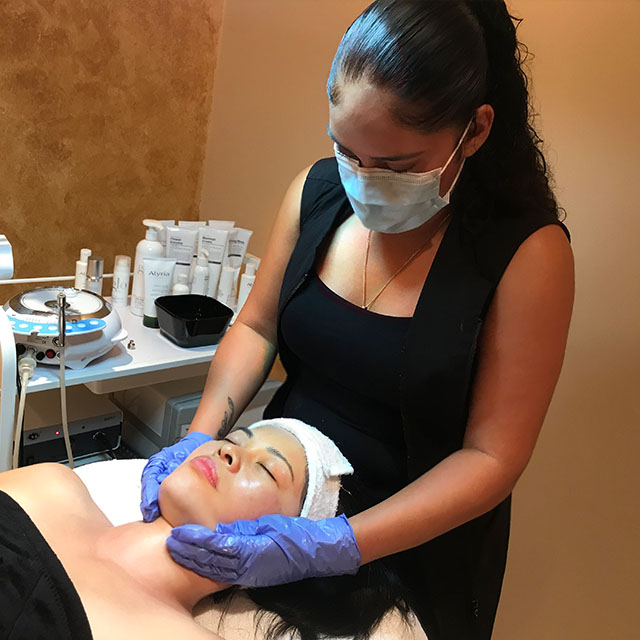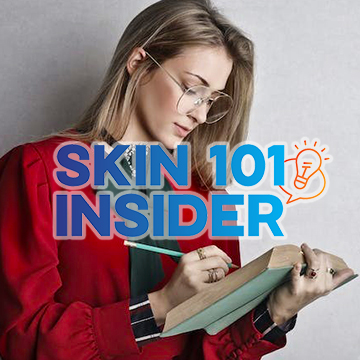Sun Damaged Skin
Although light is necessary for life, some of this light carries so much energy that it actually has the capacity to damage your skin.
Sun damage describes the changes that occur in your skin in response to effect of the damaging sun rays. This damaging light is in the ultra-violet (UV) spectrum and is divided into 3 categories: UVA, UVB, and UVC.
All UV rays damage collagen fibers, thus accelerating aging of the skin. Sun damage happens in the deepest layers of the skin—the dermis—it can take years before the damage surfaces and becomes visible.
As sunlight passes through the atmosphere, all UVC and most UVB is absorbed by the atmosphere. UVA is not filtered as significantly, accounting for approximately 95% of the UV radiation reaching the Earth’s surface.
Thus, UVB and UVA are the main reason contributing to photoaging/photodamage (“photo” means light). Responsible for 90% of visible changes to the skin, photoaging is a direct result of cumulative sun damage you’ve been exposed to throughout your life.
How UV Lights damage our skin
UVB is very biologically active but cannot penetrate beyond the superficial skin layers. It is responsible for delayed tanning and burning; in addition to these short-term effects it enhances skin ageing and significantly promotes the development of skin cancer. It can also cause DNA damages directly.
UVA penetrates more deeply into the skin and cause DNA damage indirectly by generating free radicals and reactive oxygen species which in turn damage DNA. It is responsible for the immediate tanning effect. Furthermore, it also contributes to skin ageing and wrinkling. For a long time it was thought that UVA could not cause any lasting damage. Recent studies strongly suggest that it may also enhance the development of skin cancers.
Furthermore, UVA is immunosuppressive for the entire body (accounting for a large part of the immunosuppressive effects of sunlight over-exposure). Because UVA does not cause reddening of the skin (erythema), it is not measured in the usual types of SPF testing. There is no good clinical measurement for blockage of UVA radiation, but it is important for sunscreen to block both UVA and UVB.
Solar-damage skin conditions
As mentioned above, sun damage describes the changes that occur in your skin in response to effect of the damaging sun rays. These changes include:
- Changes in texture: skin loses it’s elasticity as collagen and elastin fibers are destroyed by UV radiation. It becomes thinner, leathery, and more fragile.
- Changes in color: skin tries to protect itself by producing additional pigment (pigment spots as known as sun spots) that would absorb some of the damaging rays and neutralize them. This pigment production is not always uniform, and often occurs in the form of sun spots, or brown spots and blotches of pigment.
- New blood vessels form as a reaction to solar injury, resulting in spider veins and telangiectasiae.
Available Treatments at Medical Spa Club
The treatment of sun damage always starts with a careful assessment at our Richmond clinic in Metro Vancouver, B.C. to determine the options most appropriate in your individual case. These options include medications as well as a range of cosmetic treatments:
- Microdermabrasion
- Microneedling
- Chemical peels
- RF technology such as Fractora for skin rejuvenation
- Laser and light techniques ranging from BBL photofacial to laser resurfacing
- Cryotherapy to treat Actinic Keratosis and Actinic Cheilitis (Farmer’s Lip)




